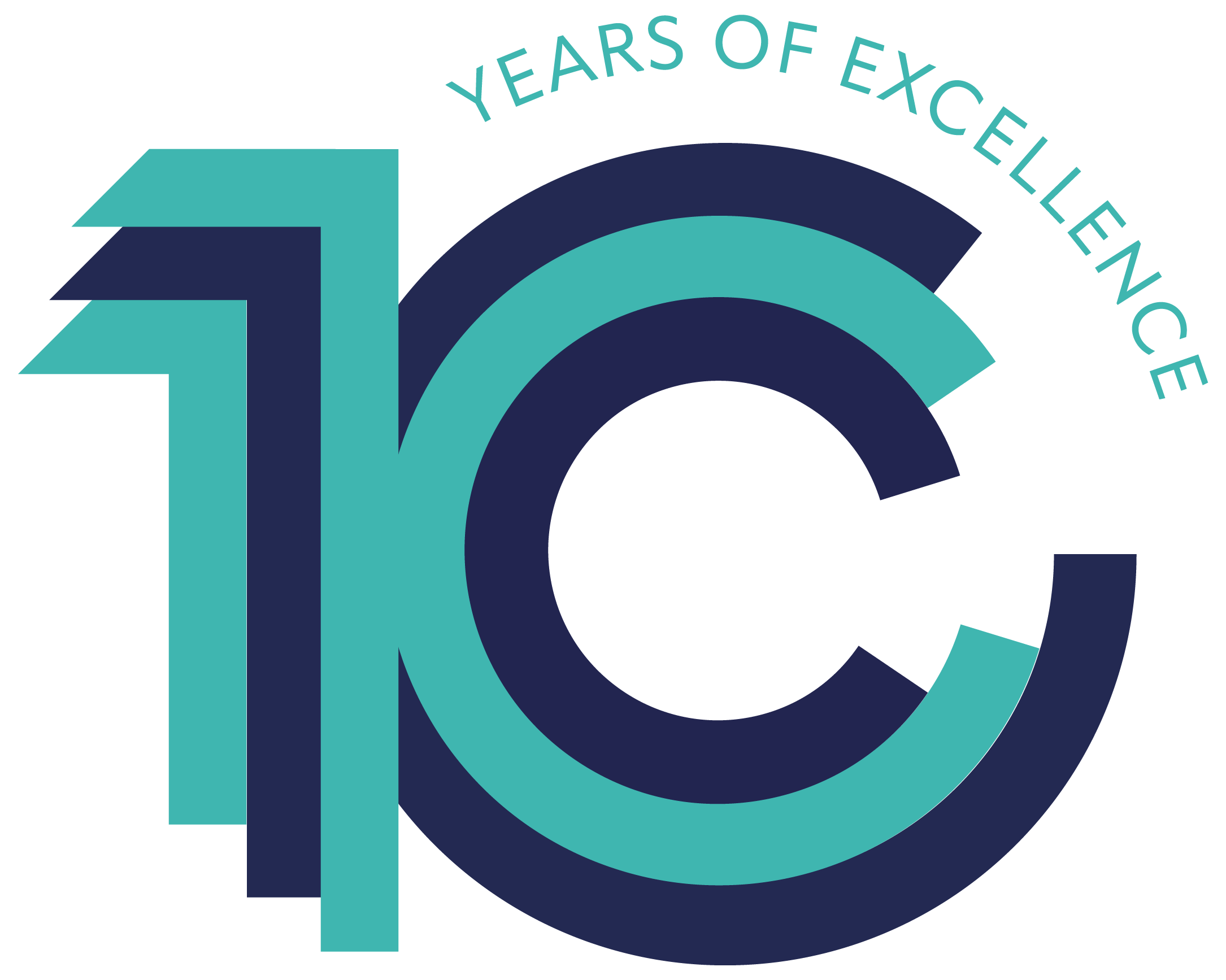- Details
- Category: Statistical Software for Quantitative Analysis
- Published: Tuesday, 07 July 2020 10:09
- Written by: Matt Pye - HWD
Overview
Data visualisation is an important part of quantitative analysis that allows us to explore data and communicate our findings. ggplot2 is part of the ‘Tidyverse’ family of packages that aim to make data management, analysis and visualisation more user-friendly. It contains a wide range of options to customise plots and can be used for all types of data. This course will discuss good practice when preparing data to plot and introduce a range of commonly used plots within the ggplot package. Users will be shown how to customise plots to convey the message they need in the clearest, most informative way. Please note that this course is only recommended for those that have learned the basics of R elsewhere. The course assumes a basic knowledge of R programming (please get in touch if you’d like information on our ‘Intro to R’ online or face-to-face course).
Learning Objectives
-
Understand the importance of data visualisation in quantitative analysis and its role in exploring data and effectively communicating findings.
-
Gain proficiency in using the ggplot2 package in R for data visualisation, including loading data, preparing data for plotting, and creating basic plots.
-
Explore a variety of commonly used plots in ggplot2, such as scatter plots, bar charts, line graphs, histograms, and boxplots, and understand their applications and interpretation.
-
Learn how to customise and enhance plots in ggplot2 to effectively convey information and insights, including adjusting axis labels, titles, colors, legends, and annotations.
-
Develop an understanding of good practices for preparing data for visualisation, including data cleaning, transformation, and aggregation techniques, to ensure accurate and meaningful visual representations.
-
Acquire skills in creating advanced visualisations in ggplot2, such as faceted plots, heatmaps, and interactive plots, to handle more complex and multidimensional datasets.
-
Apply principles of visual design and data storytelling to create visually compelling and informative plots that effectively communicate key messages and insights from the data.
-
Practice hands-on exercises and real-world examples using ggplot2 in R to gain practical experience in creating, customising, and interpreting data visualisations, and to be able to apply these skills to their own data analysis projects.
How our virtual classrooms work
Our Virtual Classroom courses allows you to attend our classroom training without leaving your home or office. We use the ‘Microsoft Teams’ meeting software. Before you attend, please check that you meet the system requirements. If it doesn’t work, try adjusting your settings or contact your IT department to ask about permitting the website.
You are also welcome to use your personal laptop, tablet or even your smart phone. Please just forward our course invite to your personal email, or just copy and paste the link into your browser.
If you encounter any problems, please feel free to get in touch. We can set up a test meeting before the course.



